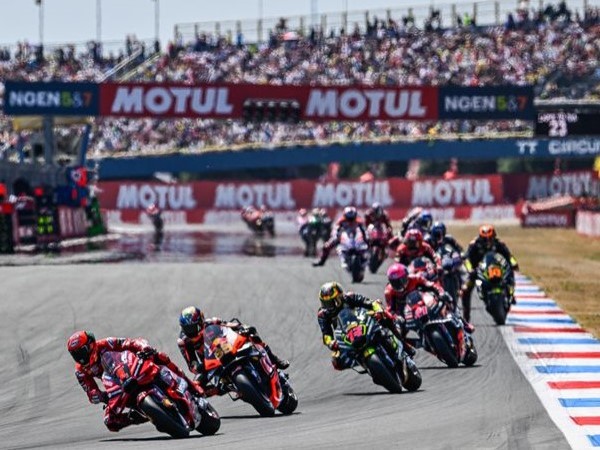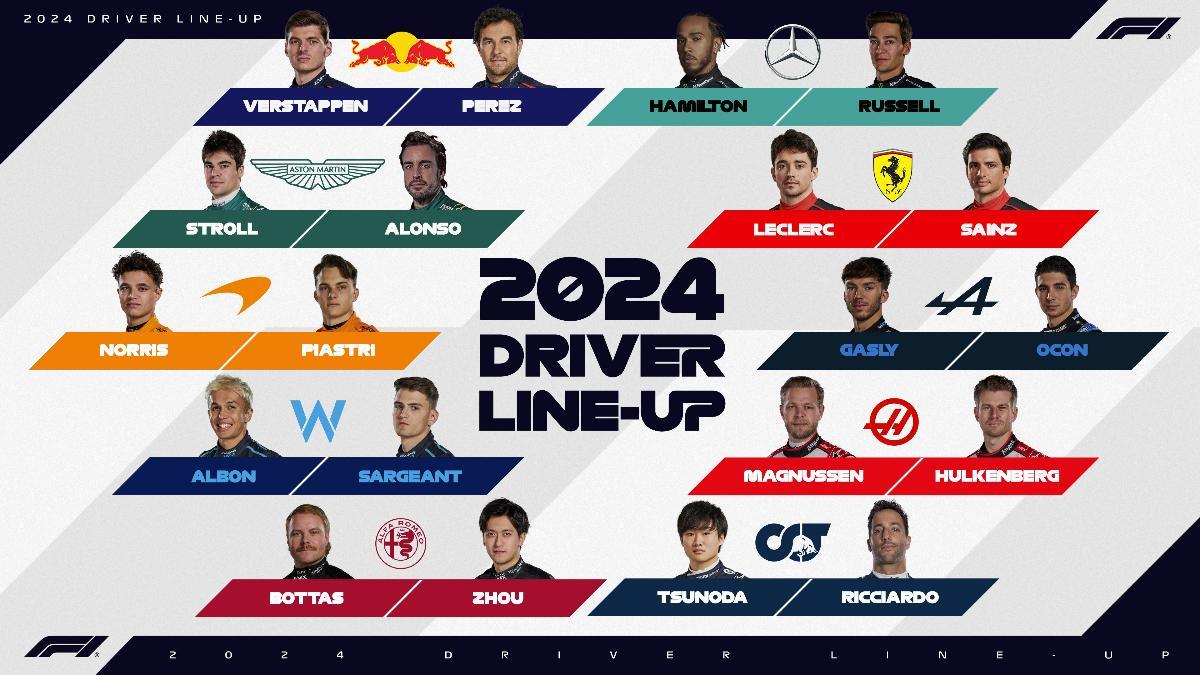Exploring Gravel Bike Technology: Paris-Roubaix 2025 Edition

Table of Contents
Frame Materials and Geometry: Lightweight Strength for the Cobblestones
The relentless pounding of the Paris-Roubaix cobbles demands exceptional frame durability and stiffness. Advancements in carbon fiber technology are at the forefront of this evolution. High-modulus carbon fibers, known for their exceptional strength-to-weight ratio, are increasingly common. Furthermore, sophisticated layup techniques allow manufacturers to precisely control stiffness and vibration damping in specific areas of the frame. This targeted approach optimizes both responsiveness and rider comfort, crucial for navigating the varied terrain.
The geometry of gravel bikes has also undergone a significant transformation. Shorter chainstays contribute to quicker handling and enhanced agility, allowing riders to react swiftly to changing conditions. Longer wheelbases provide increased stability at higher speeds and on rougher sections, boosting rider confidence. Finally, slacker head tube angles further enhance stability, particularly when tackling technical descents or navigating uneven surfaces.
- Carbon fiber vs. other materials: While carbon fiber dominates the high-end gravel bike market due to its lightweight and customizable properties, steel and aluminum frames still offer compelling alternatives. Steel offers superior vibration damping, while aluminum provides a balance of strength and affordability.
- Reinforced frame features: Many manufacturers reinforce crucial areas like the chainstays and downtubes to withstand the stresses of gravel riding, enhancing the bike's overall durability.
- Geometry impact: The interplay between chainstay length, wheelbase, and head tube angle significantly impacts ride quality and performance. Riders should consider their preferred handling characteristics when choosing a gravel bike.
Tire Technology: Grip and Rolling Resistance on Varied Surfaces
Tire technology plays a pivotal role in gravel bike performance. The optimal balance of grip, rolling resistance, and puncture resistance is crucial for success in Paris-Roubaix. Wider tires, typically ranging from 35mm to 50mm, offer superior traction and comfort on rough terrain. Advanced tread patterns are designed to provide grip on both paved and gravel sections, maximizing control and efficiency. Furthermore, the construction of the tire casing itself is critical.
- Tire casing materials: Nylon and aramid are common casing materials, with aramid offering superior puncture resistance but at a higher weight penalty.
- Evolving tread patterns: Modern tread designs often feature a combination of closely spaced knobs for grip on loose surfaces and smoother center sections for efficient rolling on paved roads.
- Tubeless setup advantages: Tubeless tire systems are becoming increasingly prevalent, offering improved puncture resistance and the ability to run lower tire pressures for enhanced comfort and traction without the risk of pinch flats.
Drivetrain Innovations: Shifting Smoothly Through Challenging Conditions
The ability to shift smoothly and efficiently across a wide range of gears is crucial for conquering the varied terrain of Paris-Roubaix. Gravel-specific groupsets, such as SRAM GRX and Shimano GRX, offer wider gear ranges compared to their road counterparts. This allows riders to tackle steep climbs and technical sections with ease, maintaining momentum and minimizing effort.
- Groupset options: SRAM GRX and Shimano GRX offer comparable performance, each with unique features and benefits. Campagnolo also offers a gravel-specific groupset. Choosing the right groupset depends on individual rider preferences and budget.
- Wider gear ratios: A wider gear range allows for efficient climbing and comfortable cruising on flat sections, crucial for the varying demands of gravel racing.
- Electronic vs. Mechanical Shifting: Electronic shifting systems offer improved reliability and smoother shifting performance, especially beneficial in muddy or dusty conditions. However, mechanical systems provide a simpler, lighter alternative, with lower maintenance requirements.
Component Integration and Customization
Modern gravel bikes increasingly feature integrated components such as cockpits and cable routing systems. This integration not only enhances aerodynamics but also simplifies maintenance and improves the bike's overall aesthetics. Furthermore, custom wheel and component choices allow riders to tailor their bikes to specific race conditions and individual preferences, optimizing performance and comfort.
Conclusion
Gravel bike technology is constantly evolving, and the demands of a race like Paris-Roubaix are driving significant innovation. From advanced frame materials to cutting-edge tire and drivetrain systems, the bikes ridden in 2025 will represent the pinnacle of gravel technology. Understanding these advancements is crucial for anyone serious about gravel riding, whether participating in competitive events or simply enjoying the thrill of off-road adventures. By staying informed about the latest developments in gravel bike technology, you can choose the equipment that best suits your needs and ride style. Continue your exploration of gravel bike technology by researching specific component brands and technologies discussed in this article. Prepare yourself for the future of gravel riding—the 2025 Paris-Roubaix awaits!

Featured Posts
-
 Le Jour Ou La Justice A Change Le Destin De Marine Le Pen
May 26, 2025
Le Jour Ou La Justice A Change Le Destin De Marine Le Pen
May 26, 2025 -
 Moto Gp Inggris Panduan Lengkap Jadwal And Informasi Balapan
May 26, 2025
Moto Gp Inggris Panduan Lengkap Jadwal And Informasi Balapan
May 26, 2025 -
 X Et L Extreme Droite Europeenne L Impact Des Decisions D Elon Musk
May 26, 2025
X Et L Extreme Droite Europeenne L Impact Des Decisions D Elon Musk
May 26, 2025 -
 Ultima Hora Fallecimiento De Eddie Jordan Figura Clave De La Formula 1
May 26, 2025
Ultima Hora Fallecimiento De Eddie Jordan Figura Clave De La Formula 1
May 26, 2025 -
 Analyse De La Nouvelle Strategie De La Rtbf Pour Les Diables Rouges
May 26, 2025
Analyse De La Nouvelle Strategie De La Rtbf Pour Les Diables Rouges
May 26, 2025
